|
Most educators understand the importance of differentiating their instruction and task expectations in order to meet the diverse needs of their learners. As well, most educators understand that voice and choice is an important part of the teaching process. Being explicit and specific about how students can find their own entry point into learning in a unit requires a carefully thought-out plan by teachers. Teachers must create powerful learning opportunities that match where the students are at and where they need to go next in regards to their learning. Students need to have multiple entry points into learning. Ron Ritchhart from Project Zero at Harvard Graduate School of Education refers to these multiple entry points as low-floor and high ceiling entry points with mid-level entry points embedded in there as well. Rather than planning lessons that have students only demonstrate content knowledge, it is critical to plan learning opportunities that help them to self-differentiate. This requires a distinct shift away from having all of the students working on developing the exact same skills in the exact same way in a unit. As the students all have different levels of skills and abilities, setting up the teaching and learning environment in a way that encourages students to explore, discover, and self-differentiate gives them much more buy in and ownership of their learning in whatever units are being taught in PE. It’s worth considering the Meaningful PE framework when designing units in order to maximize engagement and to help all students flourish in regards to their own physical movement journeys. The Meaningful PE framework was developed by researchers in Canada and Ireland and can be accessed here if you wish to read more about it. The framework itself focuses on 5 specific features: Fun Motor Competence Social Interaction Challenge Relevance When designing meaningful movement experiences in a PE unit, these 5 features should be considered during the planning process. How can we ensure that all students experience joy through movement in PE? Although some like to refer to this feature as ‘fun’, I think that the word joy better sums it up. Regardless of what the unit is, the students need to be able to find joy in the experience. This requires moving away from a one-size fits all type of experience in PE. How can we ensure that students are able to develop their motor competence based on where they are at in regards to their level of skill? All students are at different levels of ability in regards to their skills related to physical activity. It is imperative to meet students where they are at. This means carefully structuring lessons in a way that differentiate learning. Whether it’s a low-floor and high ceiling entry point, the students can all work on developing their motor competence based on where they are at. How can we ensure that the students feel a sense of belonging and purpose in PE? All students should feel supported. Lessons should be structured in a way that allow for different types of groupings based on where students are at. It’s not always about being a part of a group as some students might prefer to work alone. However, the common pursuit in the class is one that all students are striving to find flow with their learning and their skill development. There should be multiple opportunities for small and large group discussions to allow students to connect with their peer group to celebrate their successes and next steps needed in their learning journey. How can we ensure that the students are able to identify the ‘just right’ challenge in regards to their own learning? This is an important one for us at Gardens Elementary School. We feel that if we get this one right, all the other features fall nicely into place. By helping students to identify their just right entry point into learning, they can focus on the tasks and activities that they need to in order to challenge themselves at the right level. Finding the just right challenge allows them to be more engaged and to find flow with their learning and their skill development. If something is too easy for them or too difficult, they are likely to be disengaged and bored. When we can help kids to find their just right entry point, not only do behavior management problems drastically decrease, students are more focused and on task. Therefore, we like to prioritize the feature of challenge in the units that we teach at Gardens Elementary School. How can we ensure that the students’ movement experiences are relevant to them based on their needs? Students should be able to take action in regards to their learning. If learning experiences are relevant to the students and their needs, there is an increased chance that they will find more meaning in regards to physical activity. When students feel that their learning is relevant to them, they will more than likely see the greater purpose behind it and hopefully be inspired to stay physically active when not in school. We are in the middle of our grade 5 cycling unit at Gardens Elementary School. Our aim is to not only equip students with the skills needed to ride their bicycles safely in our community, but to inspire students to see possibilities beyond just riding their bicycles from point A to point B. We want them to experience different types of riding to help build their motor competence, but to also provide them with a multitude of experiences that they might be able to take action on after school and on weekends. Exploration In the early phase of this unit, we had the student explore different types of riding in a very safe environment. The students rode their bicycles around the basketball court in the playground of the school practicing different types of riding. We did a review of using proper rode signals as well during this time and had them practice this. Based on teacher reflection, we knew we had to spend extra time on helping the students better develop their ability to use road signals safely and to be able to ride more safely on the roads in our community. We asked the students to identify what they felt their biggest challenges were in the first part of the unit and created some leveled challenges for them to practice. We were hoping to do more with these challenges before the winter break, but have moved on to different types of challenges out in our community. As we are well into the unit now, we are taking the students out into the community to practice their riding. Today’s focus was getting the students to experience some off-road riding. The students were able to find their own challenges and to learn how to better ride their bicycles in off road conditions and on hills. Some students chose gentle hills to ride down, others chose steep hills, while some students didn’t feel they were ready for this and chose to ride on concrete paths and roads. The point is that we are slowly trying to build up their motor competence but in a way that allows them to be the architects of their own learning and to make decisions based on where they feel they are at. It was great to see some risk-takers trying to take on the next greatest challenge, but in saying this, we continually emphasize safety in this unit. See some of the photos below of the students in action. It has been wonderful to teach this unit with my good friends and colleagues Adam Llevo and Evan Bryceland. Stay tuned for more blog posts about this unit. Thanks for reading.
1 Comment
The single subjects are a great vehicle for teachers to deliver learning experiences in the arts, maker space/design, world language and in PE that are meaningful and purposeful. Drama, music, visual arts, world languages and PE are often viewed as being secondary in nature and on the fringes of a school’s curriculum, but these disciplines provide essential learning for students that can have a profound impact on their life both inside and outside the walls of their school. There is so much inspiration that can be found in these disciplines that help to ignite passions that can stay with a young person for the rest of their lives. Whether it be tinkering away in the garage or basement on weekends (Maker Space), finding a joy and love of different movement pursuits (PE), being absorbed in creating art or music, or studying a new language, the single subjects provide a multitude of opportunities for students to find greater purpose and meaning that is specific to them and their needs, as well as their interests. Single subject teachers teach to the masses. Countless students walk through their doors each week. Having a clearly articulated vision for the units taught in the single subjects is a priority that requires an in-depth look beyond just the ‘activities’ done in each class. During pre-unit planning, rather than a center of attention being on activities, the focus must instead turn to the mapping out of the big ideas that will drive all teaching and learning throughout the course of a unit. Once the conceptual framework is mapped out, single subject teachers how have a clearly defined vision for where they want to take their students, making it much easier to then focus on the lesson to lesson activities that will drive and support student learning. I work closely with single subject teachers to help them create a clearly defined vision for their units that is deeply rooted in conceptual understandings and how these concepts connect within the learning of the unit itself. Creating a roadmap or timeline as we call it, gives the teachers the structure that they need to better plan out all teaching and learning over the duration of their units. I’ll be sharing some of our planning in the single subjects over the next few months on my blog in order to help educators who visit my website see what’s possible in regards to unit planning and to see some of the great work being done at The KAUST School in Saudi Arabia. I’d like to share our current grade 5 music unit being taught by my colleague Peter Diglin. You can connect with Peter on Twitter at: https://twitter.com/PDiglin Grade 5 Personal Inquiry UnitWhen beginning the pre-unit planning process, the first question that needs to be asked and answered is: What is it that the teacher is hoping students will walk away from the unit being able to understand/do? This should be answered in no more than one sentence in order to ensure a clearly articulated vision for the unit. In Peter’s case, he is hoping that his grade 5 students walk away from the unit having made a personal connection to an instrument and that they develop a sense of self-belief in themselves as musicians. Once the clear vision for the unit is established, we then begin to identify what concepts need to be focused on in order to support the vision of the unit and the learning that will take place. We do this in a very loose manner, just brainstorming possible big ideas and how these big ideas might fit into the learning in the unit. In the grade 5 Personal Inquiry unit, some of the big ideas identified were: Inspiration, Skill Acquisition, Instrumentation, Rhythm, Tempo, Melody, Personal Connection, Performance, Organization, Social Support, and Personal Responsibility Once the big ideas were identified, we then began to look at how they fit together in a logical way. Peter was able to begin thinking his way through the unit, identifying what he felt was the best way to unpack the big understandings of the unit from the first week to the last week. When doing pre-unit planning, each teacher might look at their units differently, which is fine. However, the most important thing is that each teacher who timelines out their units, is able to clearly articulate the roadmap that they have in mind for teaching the unit. That requires some deep thinking and takes time, but this process helps to set the teacher and their students up for success in this unit. The timeline for Peter’s grade 5 Personal Inquiry unit can be seen below. As you can see from the timeline, the concepts are spread out over the 6 weeks of the unit. Once the big ideas have been unpacked, they continue to be an underlying focus for the rest of the unit. For example, the concept of skill acquisition was unpacked in weeks 1 and 2 of the unit, but students needed to demonstrate an understanding of the importance of skill acquisition for the rest of the unit. This is the same with all of the concepts chosen to be unpacked in the unit. We decided that the concept of ‘inspiration’ would be a major focus or overarching theme of the unit. We wanted students to understand that music can inspire us to create our own work. In order to emphasize this, it was decided to use the Zach Sobiech story to help create a strong emotional connection in this unit. We wanted the students to understand the different ways that music can inspire people. If you haven’t heard about Zach’s story, you should check it out, it’s well worth your time. In the first class of the unit, Peter showed a moving video that was a tribute to Zach and his work as a musician. Unfortunately, Zach passed away from cancer, but he left a powerful legacy behind that has inspired countless musicians around the world including well-known artists such as Jason Mraz. Here is the video that Peter used in the first lesson. The question that was immediately unpacked after the students watched the video was: Why does music inspire us to create? The students had discussions with each other and came up with responses such as: it makes us want to create our own music, it makes us want learn an instrument, and music makes us feel good. The Zach Sobiech video helped to kickstart the unit off in a great way that then led into an exploration of different instruments for the first couple of weeks. The students were really moved by Zach's video. It was the emotional hook that we were hoping to create to make the students more receptive to learning in this unit. This led into a specific focus on rhythm, tempo, and melody in the middle of the unit which then led to the concept of personal connection. Through the initial exploration of instruments, the hope was that the students would be able to develop a personal connection with one instrument that they would like to focus on the rest of the unit. From there they began the journey of creating their own performance. In order to do this, they needed to understand that musicians support one another by providing ideas and feedback. They also needed to understand that each student is responsible for their own learning and needs to stay on track with developing their own work. As well, creating their own music requires organization and time management skills. These skills definitely support the bigger concepts in the unit. Once the timeline was mapped out and Peter could clearly talk his way through the unit, we then set out to create specific steps for learning that would be unpacked in order to support the conceptual understandings. The ‘steps for learning’ breakdown the timeline further, giving a clear direction for all students. The wording on each step for learning is very important as it must allow for a ‘low entry point’ but also a 'high ceiling', meaning that all learners have an entry point into the learning in the unit. The steps for learning are made explicit and visual in Peter’s teaching space in order to keep students on track and to give them opportunities to identify where they are at in the unit. Students progress through these steps at a pace that suits them and their learning and whatever they are focusing on at the time. If a high flying students gets through all the steps for learning, they just swing back to the start and find a more difficult challenge to focus on based on their own ability and understanding. The steps for learning definitely keep students on track and are a perfect way for the teacher to identify where each student is at in regards to their own learning. As well, the students can do mini-reflections after each step before moving on to the next step for learning in the unit. A great assessment opportunity for teachers. Steps for LearningSee Peter’s steps for learning above. As part of the exploration at the beginning of the unit, Peter felt it was necessary to introduce horn instruments to his students, but this needed direct teacher instruction. Peter placed students into smaller groups for this direct instruction in order to teach them specific techniques related to horns. As he worked with smaller groups, the other students continued on with their personal inquiries. The direct instruction with horns was done in a pull out, small group manner which was executed very well on Peter's part. We are now in the second half of this unit. Peter and I have been constantly reflecting on how the unit is progressing, what has been working well, and what he needs to refine in order to improve the overall learning experiences of the students. I’ll be writing another blog post at the end of the unit to share Peter’ successes and his final teacher reflections in this unit. If you are a PYP Coordinator or music teacher, please connect with Peter, he's got lots of great ideas to share. Final ThoughtsHow do you map out your units in the single subjects?
How do you ensure that your planning helps to differentiate learning experiences to meet the needs of all of your students? How do you make learning intentions and expectations explicit and visual in order to keep students on track with their learning? Would love to hear your ideas. Thanks for reading. And thanks to Peter Diglin for his permission to share the details of his unit and his teaching! |
AuthorKAUST Faculty, Pedagogical Coach. Presenter & Workshop Leader.IB Educator. #RunYourLife podcast host. Archives
September 2022
|


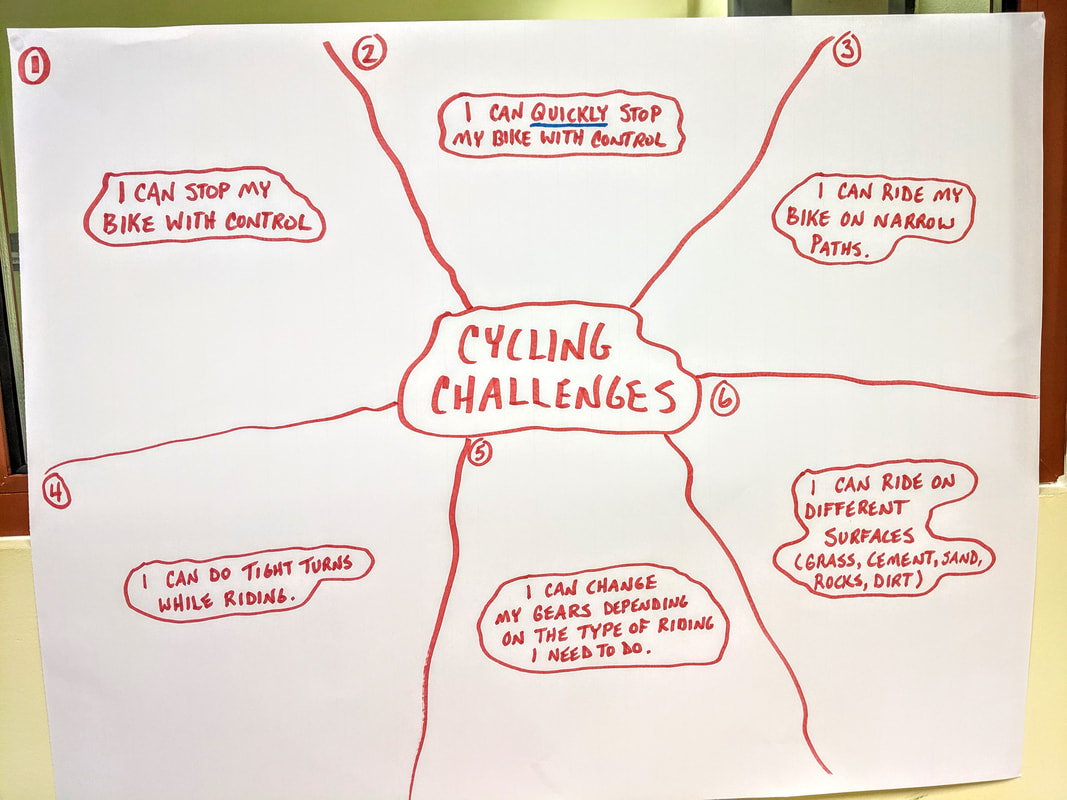
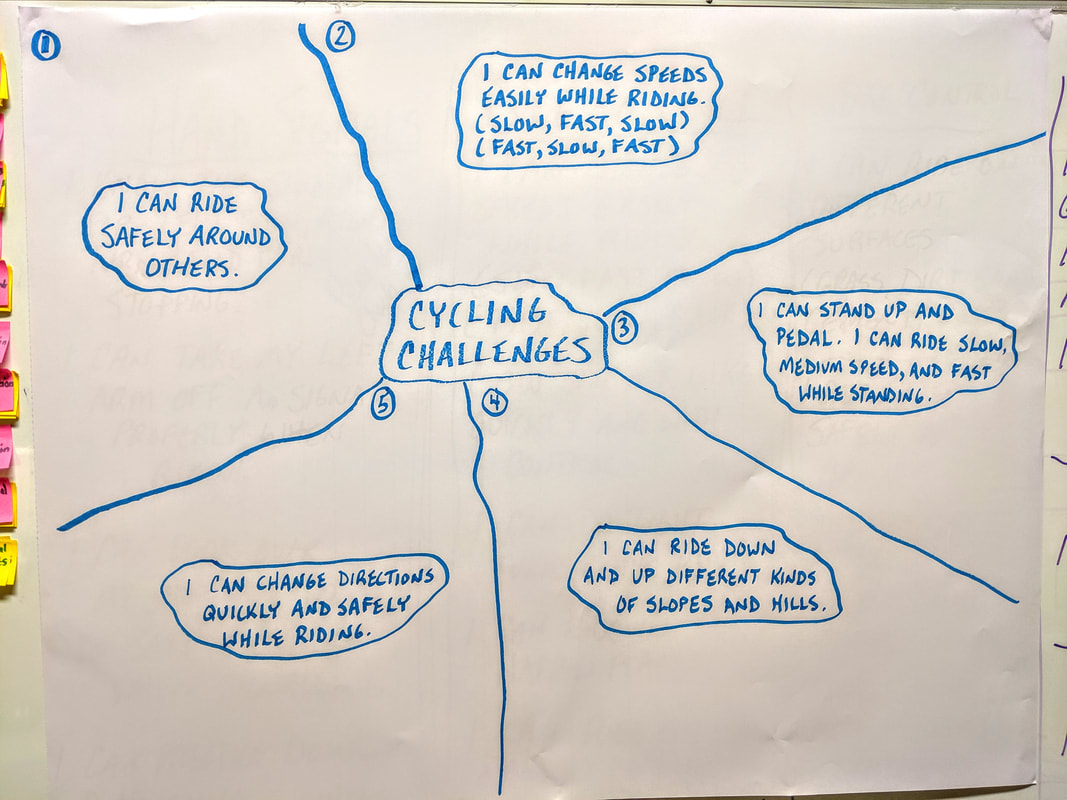
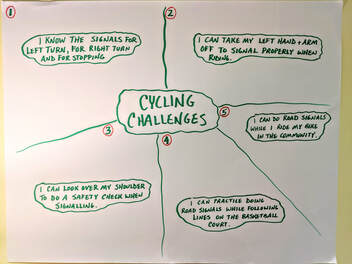
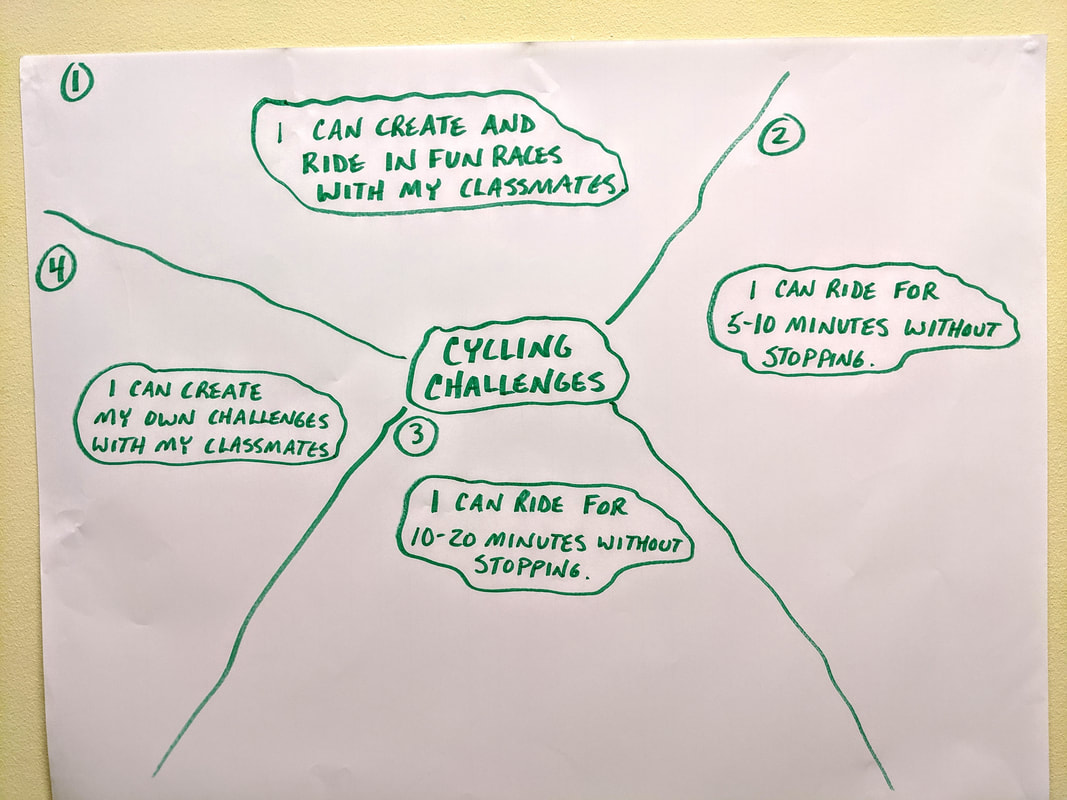
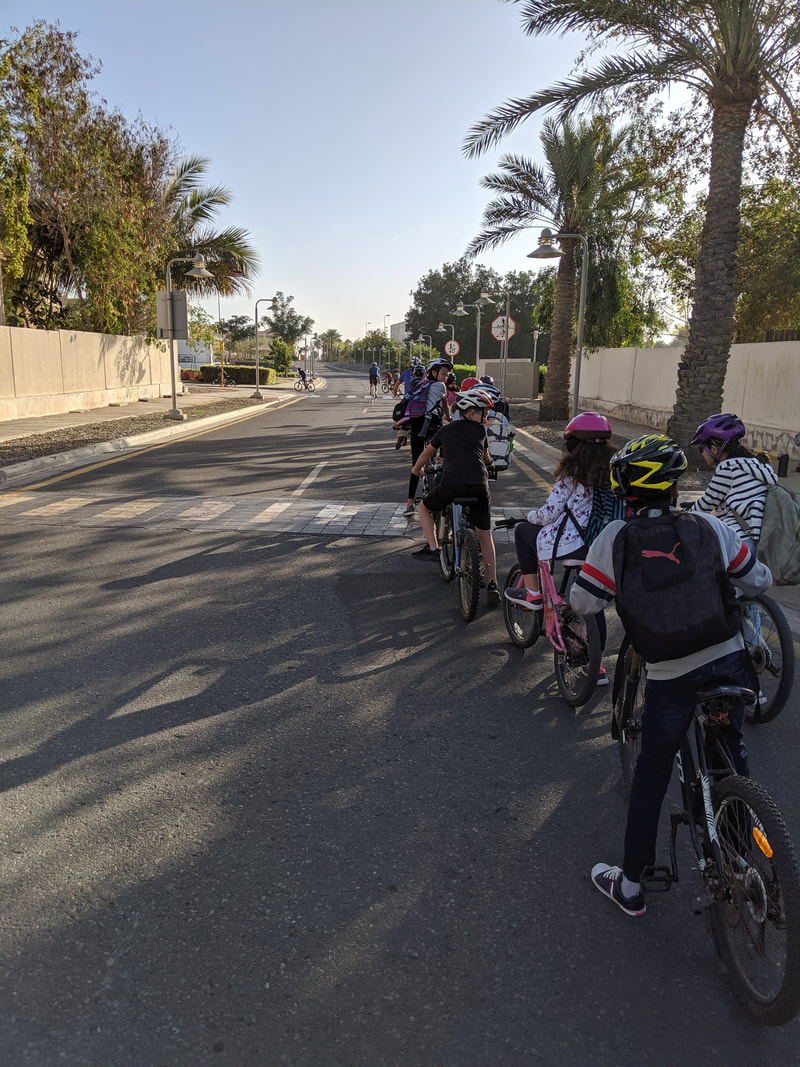
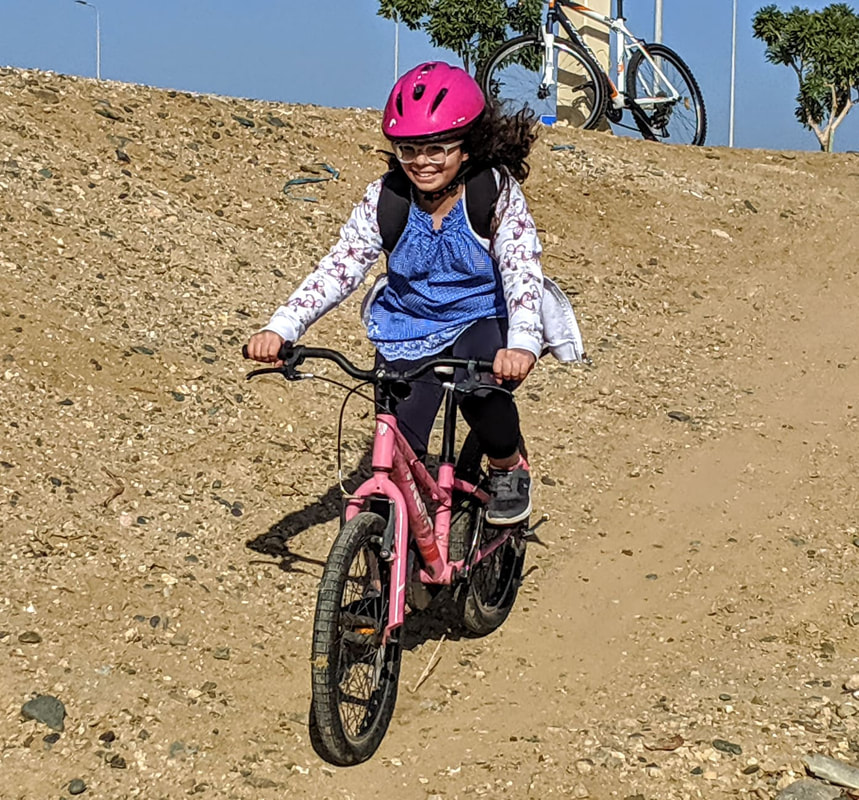
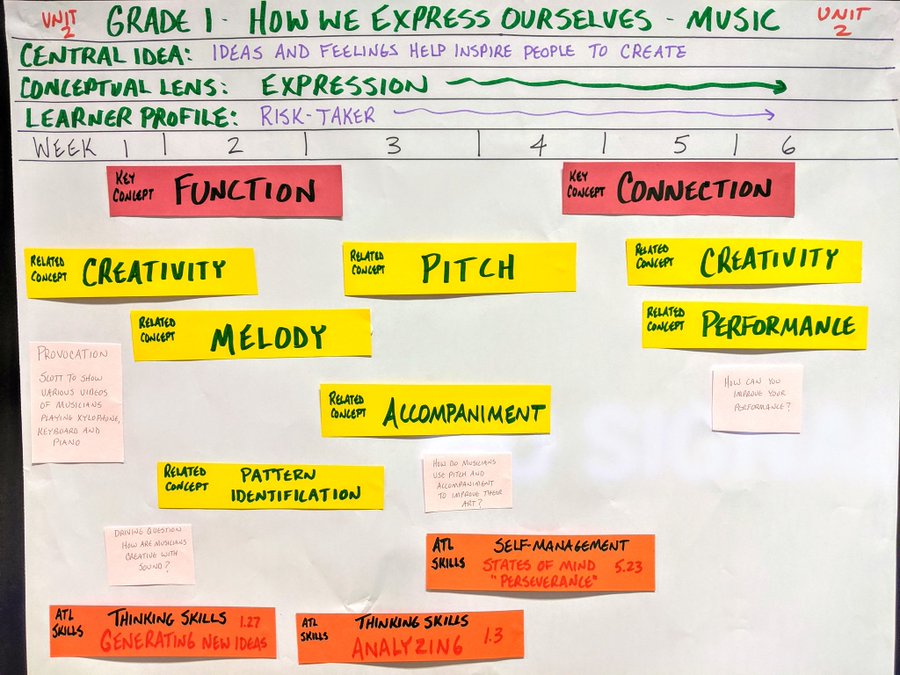
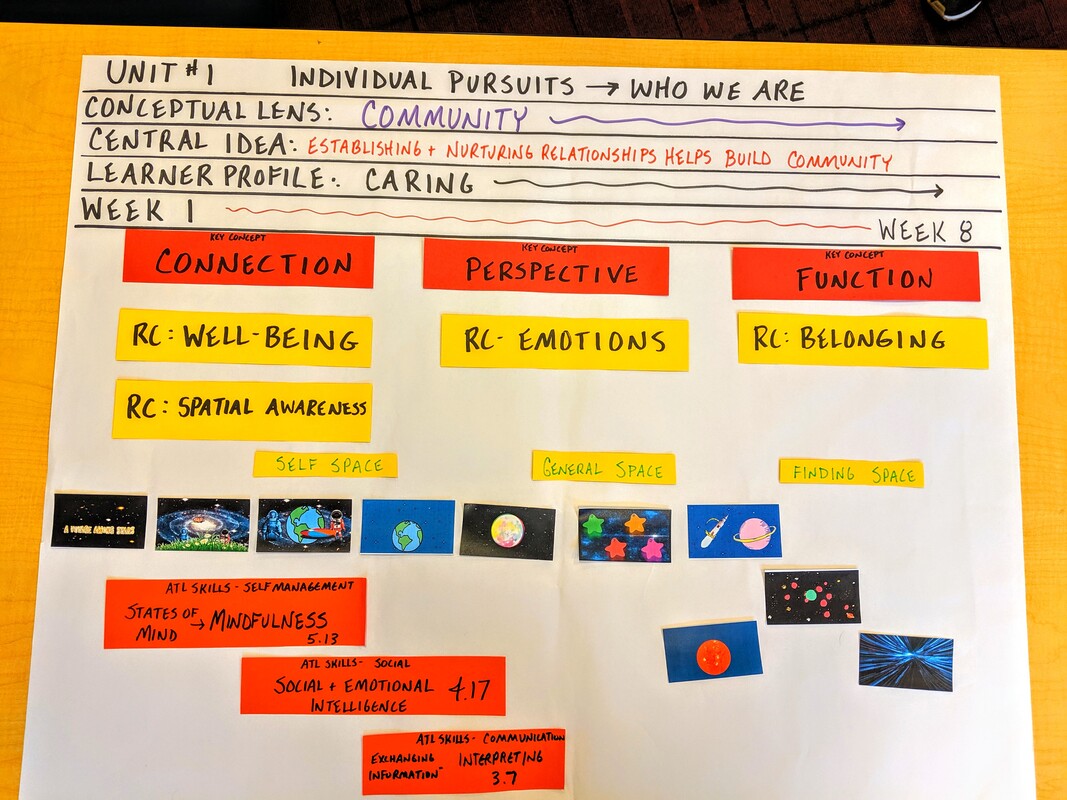
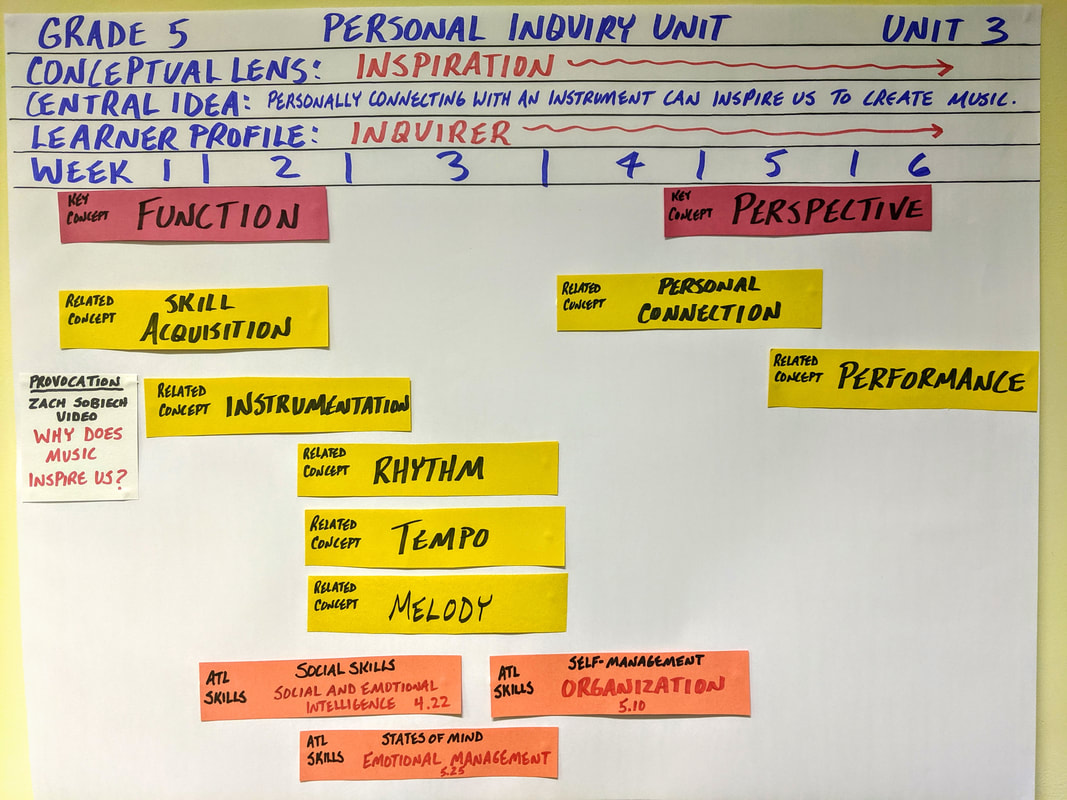

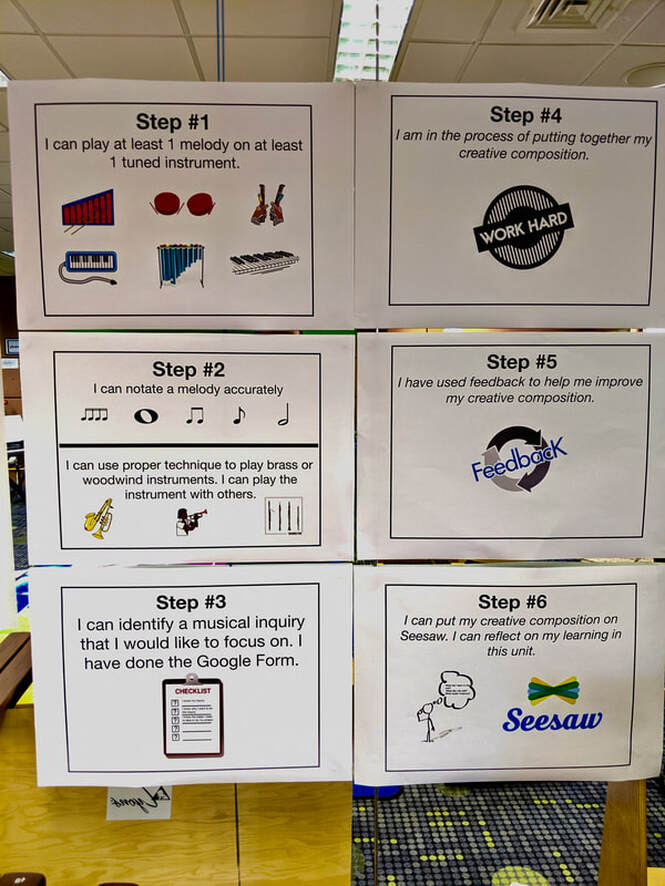
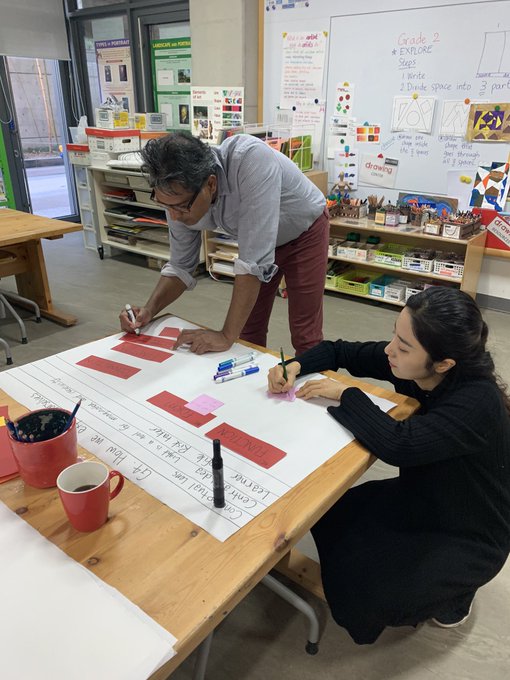
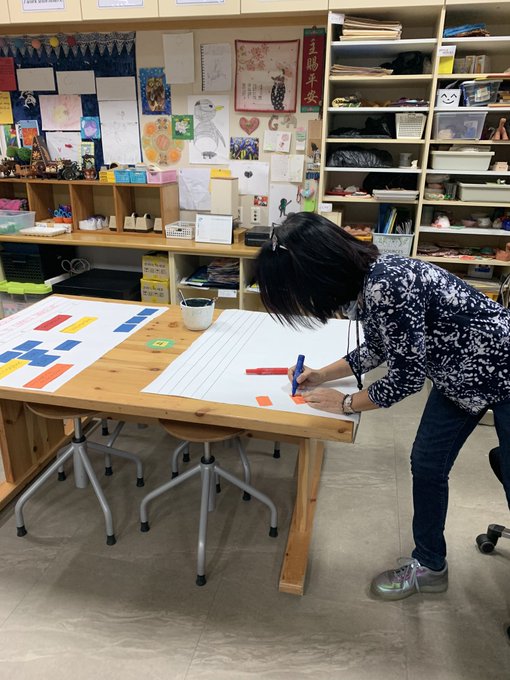
 RSS Feed
RSS Feed